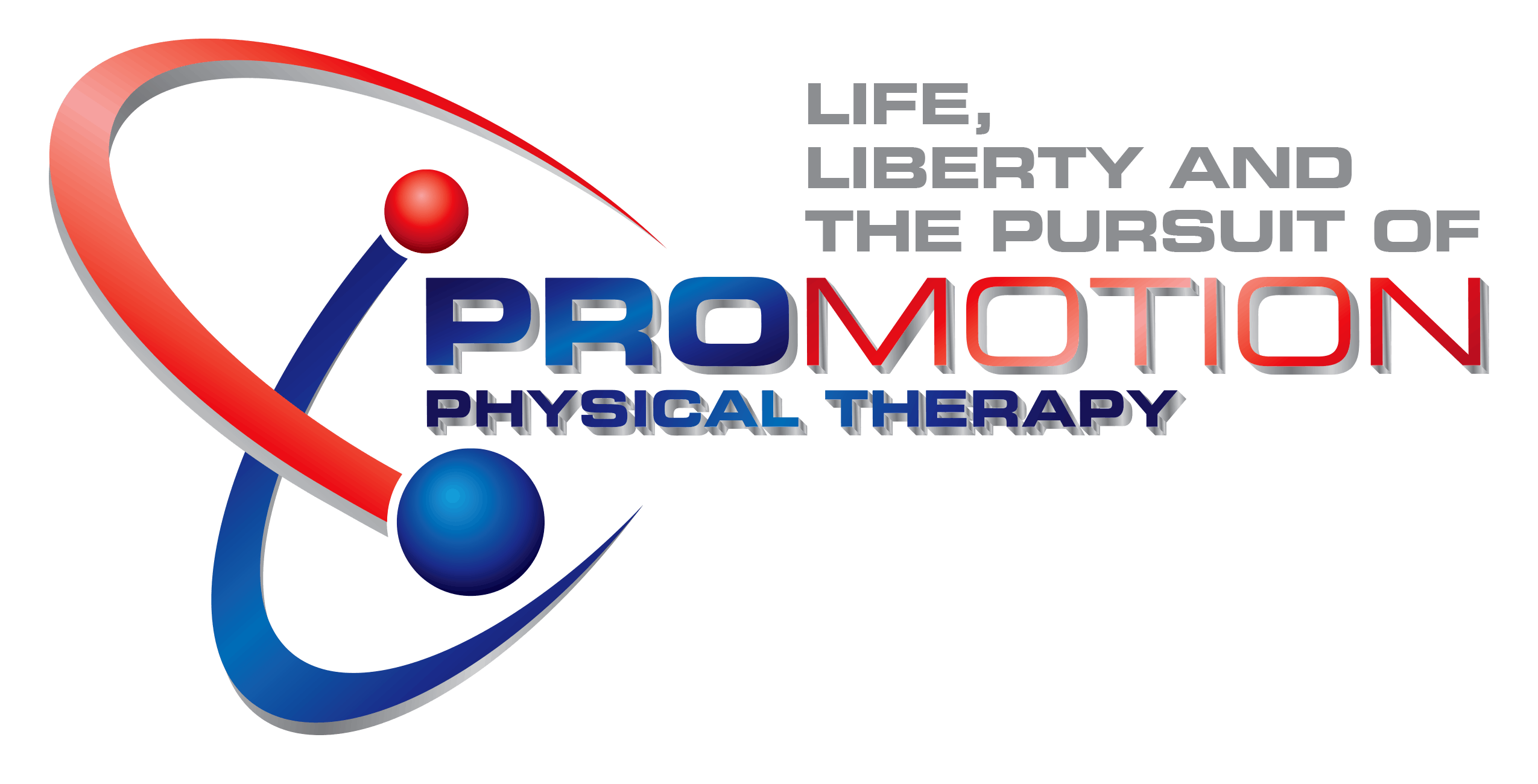Orthopedics
osteoarthritis, knee pain, ankle sprains, rotator cuff tears, wrist tendinopathy, bursitis, SIJ dysfunction, total joint replacement (knee, hip, shoulder), TMJ dysfunction, IT Band Syndrome, shoulder impingement, hamstring strain, adhesive capsulitis (frozen shoulder), meniscus tears, lateral epicondylitis (tennis elbow)
Once your condition has been diagnosed, your physical therapist will work with you to develop a treatment plan to help address your pain. Because the mechanisms of pain vary, each approach to care will also vary. That being said, there is evidence to suggest that simply understanding pain through educational means, may result in reduced symptoms. (Know pain equals know gain!)
In addition, physical therapy treatments may include:
- Manual therapy. Manual therapy consists of specific, hands-on techniques that may be used to manipulate or mobilize your skin, bones, and soft tissues. Manual therapy is often used in conjunction with other activities to increase movement and reduce pain. Some physical therapists have additional certifications that identify them as having advanced training in this type of therapy.
- Movement and strengthening exercises. Moving and exercising can often be a great strategy to lessen pain. Your physical therapist will help identify specific movements that will help reduce your symptoms.
- Modalities. Your physical therapist will be able to determine whether the use of modalities, such as ice, heat, or electrical stimulation will benefit your unique condition.
Spine
low back pain, whiplash, neck pain, torticollis, scoliosis, arthritis, degenerative disk disease, ankylosing spondylitis, herniated disk, sciatica
If you have low back pain, you are not alone. At any given time, about 25% of people in the United States report having low back pain within the past 3 months. In most cases, low back pain is mild and disappears on its own. For some people, back pain can return or hang on, leading to a decrease in quality of life or even to disability.
If your low back pain is accompanied by the following symptoms, you should visit your local emergency department immediately:
- Loss of bowel or bladder control
- Numbness in the groin or inner thigh
These symptoms might indicate a condition called "cauda equina syndrome," in which nerves at the end of the spinal cord that control bowel and bladder function are being squeezed.
Geriatrics
falls, dizziness/balance, weakness, compression fractures, gait training, COPD, Parkinson’s Disease, frailty and debility
Falls can diminish your ability to lead an active and independent life. About one third of people over the age of 65 and almost half of people over the age of 80 will fall at least once this year. There usually are several reasons for a fall.
Physical therapists can help you reduce your risk of falling by:
- Assessing your risk of falling
- Helping you make your home as safe as possible
- Education about the medical risk factors linked to falls
- Designing individualized exercises and balance training
- Working with other health care professionals and community services to create programs for people who want to reduce their risk of falling
These symptoms might indicate a condition called "cauda equina syndrome," in which nerves at the end of the spinal cord that control bowel and bladder function are being squeezed.
Women’s Health
diastasis recti, incontinence, osteoporosis, peripartum back pain
Urinary incontinence is the leakage of urine at inappropriate times. With incontinence, you may have trouble starting the urine stream or holding urine when you feel a strong urge to go. Urinary incontinence involves the muscles of the pelvic floor. These muscles attach to the bottom of the pelvic bones and run front to back, forming a bowl-like structure that lifts to support the internal organs and controls the sphincter muscles. The pelvic floor muscles also help support the low back, stabilize the pelvic bones, and help with sexual function. Women are more likely than men to have urinary incontinence, but men can have it, too.
There are different types of incontinence:
- Stress incontinence – small amounts of urine leak when there is increased pressure on the bladder.
- Urge incontinence – your bladder muscle goes into spasm, and, if the spasm is severe enough, medium to large amounts of urine may leak; this might happen only occasionally or as often as every 15 to 20 minutes.
- Mixed incontinence – you have both stress and urge incontinence.
- Functional incontinence – urine leaks when you can’t get to the bathroom in time.
Services
- thorough evaluation
- manual therapy
- aquatic therapy
- exercise
- sports rehab
- ASTYM
- women’s health
- gait and balance training
- post-surgery therapy
- chronic pain
Modalities
- ultrasound
- electricalstimulation
- TENSunit
- heat/ice
- phono/iontophoresis
- biofeedback
- home exercise programs
Manual Therapy
Manual therapy is a general term used to described highly skilled techniques that are used to improve the movement of joints and soft tissue like muscles and fascia.
Sports Rehab
Athletes place higher demands on the muscles and joints and also require sport-specific training to recover speed, power, and agility. This is the specific training that the therapists at Pro Motion Physical Therapy provide.
Pre/ Post OP Rehab
Our therapists provide one-on-one, evidence-based physical therapy treatment sessions to help facilitate your recovery and return to activities of daily living (ADLs), work, recreational activities and even competitive sports.
